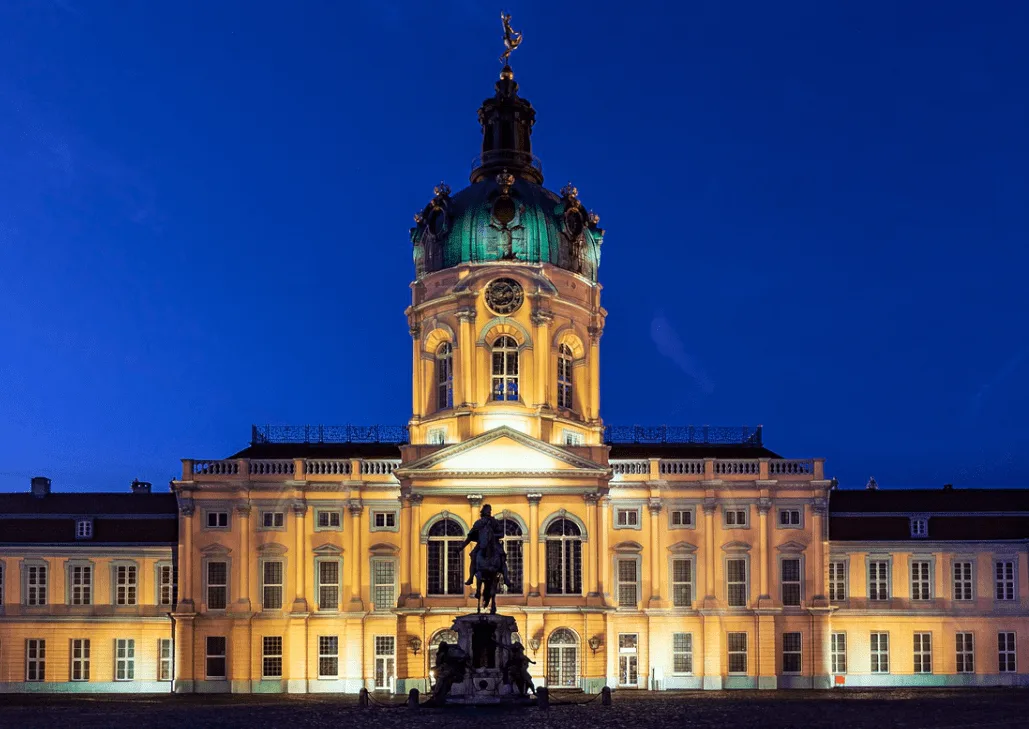One of the most popular buildings in Berlin is one of the most remarkable palaces in Germany.
In this post, you’ll discover the ultimate list of interesting facts about Charlottenburg Palace.
1. The palace was named after the woman who commissioned it
Charlottenburg Palace is located in the Charlottenburg-Wilmersdorf district of Berlin, the fourth borough of the city located just west of the historical center.
The area was established as a town in the year 1705 and named after Sophie Charlotte of Hanover, the wife of Friedrich I, Elector of Brandenburg, who passed away and named it in her honor. The town became part of the Berlin Metropolitan area in the year 1920.

2. It was built in the late 17th century
This means that both the district and the palace were named after the woman who originally commissioned the construction of the palace in the year 1695.
The original version of the palace was completed just 4 years after the construction started and consisted of just 1 wing with 2 stories and a decorative copula in the middle. The original façade was also decorated with Corinthian pillars.

3. It’s a prime example of the highly decorative Baroque style
The palace was designed by Johann Arnold Nering, a German Baroque style architect who passed away the year that construction of his creation began. It was eventually completed by two other famous German architects named Martin Grünberg and Andreas Schlüter.
The latter also decorated various interior rooms in the expansion phase and the sarcophagi of both Sophie Charlotte of Hanover and Friedrich I which are located in the Berlin Cathedral.
The palace is the epitome of the highly decorative and theatrical Baroque architectural style.
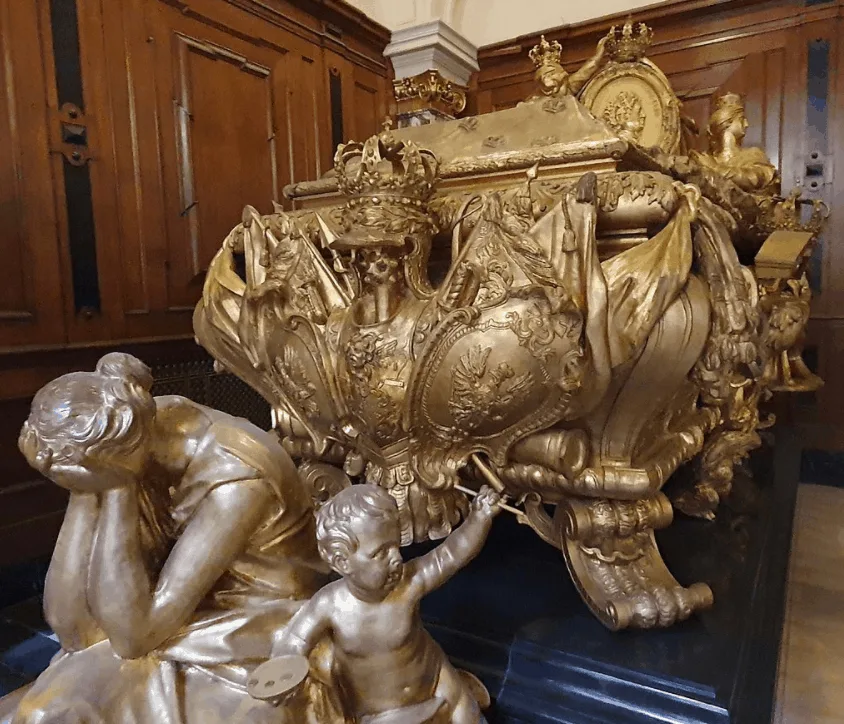
4. The original version of the palace was inaugurated in 1699

Just 4 years after the construction of the palace started, it was inaugurated. this happened on July 12, 1699, the day of the 42nd birthday of Friedrich I.
Just 2 years later, he crowned himself as King of Prussia, which he would be from 1701 until he died in 1713.
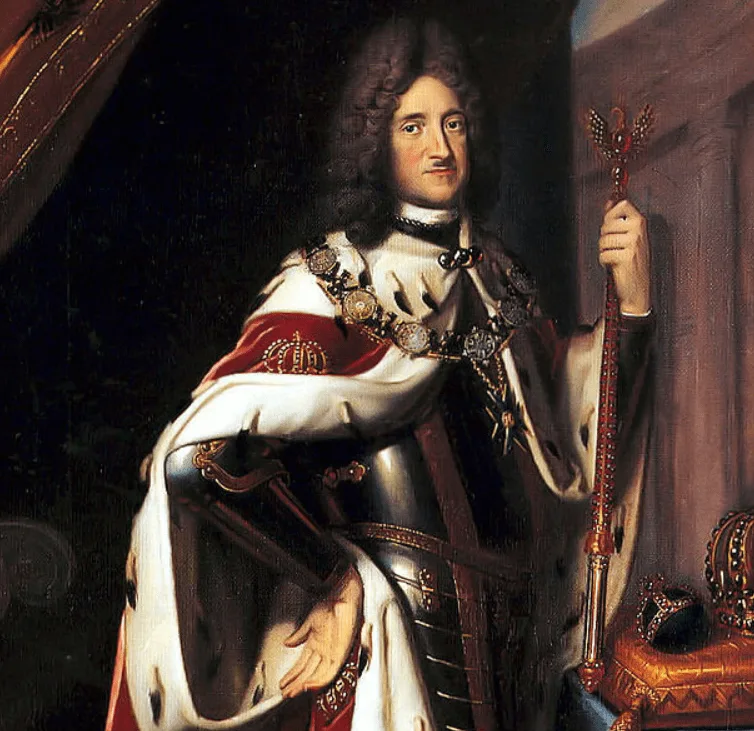
5. The palace was extended just a few years after it was inaugurated
The moment that the castle was inaugurated, Frederick I sent out one of his architects named Eosander von Göthe to study various palaces all across Europe. When he returned in the year 1702, he started the expansion phase of the original palace.
He got a lot of inspiration from his visit to the famous Palace of Versailles as he worked on adding two massive side wings which ended up enclosing the central courtyard, just as the design of Versailles.
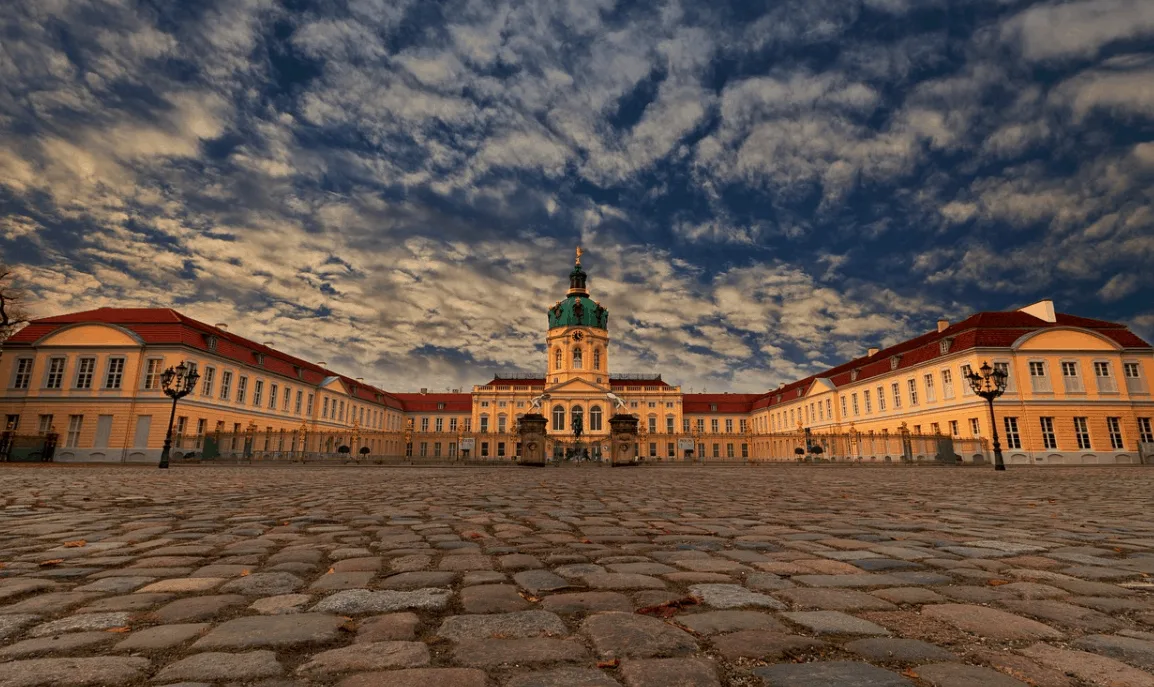
6. The orangery was built to house over 500 exotic plants
Just like many other palaces across Europe, an Orangery was built to grow numerous species of exotic plants. Just a few years later, the massive baroque garden was decorated with over 500 citrus and sour orange trees.
The Orangery was one of the buildings that were destroyed during World War II but has been completely restored and today houses a restaurant and café.
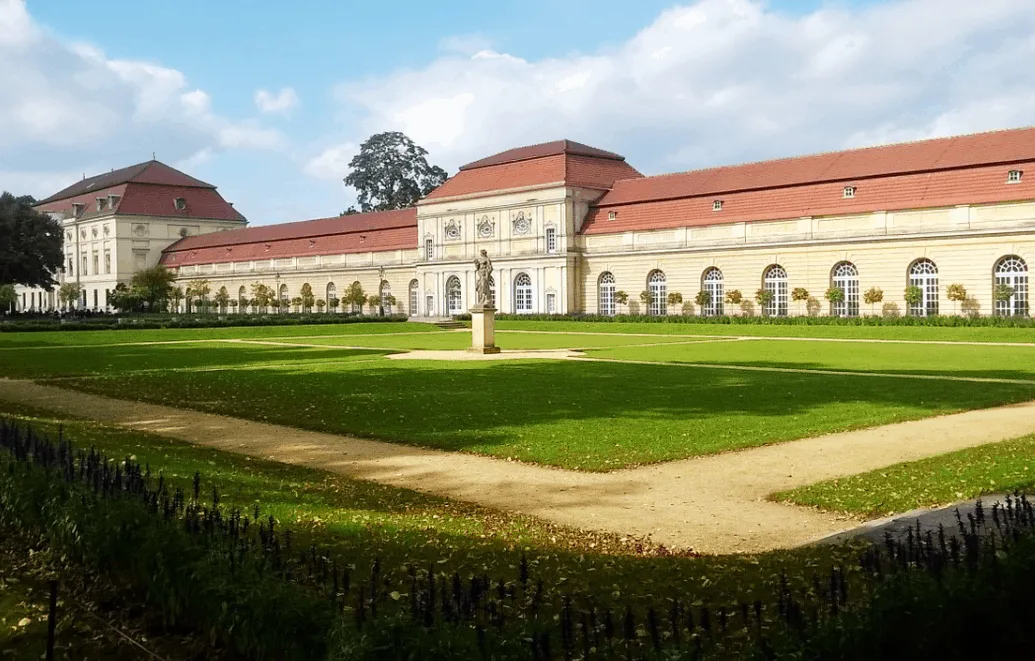
7. A room inside the palace was referred to as the “8th Wonder of the World”
One of the most fascinating Charlottenburg Palace facts is that one room, designed by Andreas Schlüter, was referred to as the “8th Wonder of the World” and ended up being dismantled and shipped to Russia.
The “Amber Room” was then completely assembled and installed in the Catherine Palace near St Petersburg in the year 1717, the summer residence of the Russian Tsars.
It was given to Peter the Great, known for the construction of the Peterhof Palace, as a gift by Frederick I. The Amber Room, which contained 6 tonnes (13,000 lbs) of amber, was looted during World War II and its contents have since been lost.
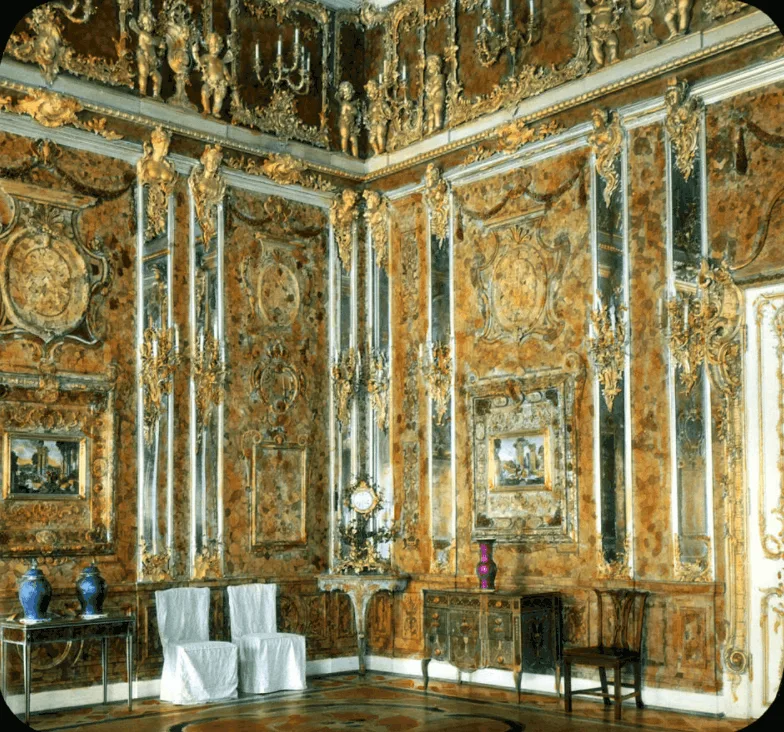
8. The sculpture on top of the dome represents “Fortune”
During the expansion phase in the early 18th century, the small copula that decorated the center of the original wing was replaced by a massive domed tower.
The top of this tower was decorated with a gilded statue representing “Fortuna” the goddess of fortune.

9. A Flemish painter decorated many rooms for 12 years straight
The interior of the palace is highly decorative and a lot of rooms have been covered by massive frescoes. A Flemish painter named Jan Anthonie Coxie (1660-1720) was engaged to paint many of these frescoes.
The man would spend 12 years of his life painting the walls of Charlottenburg Palace between 1701 and 1713. One of his most famous works is called the “Allegory of the acts of peace of Frederick I” located in the Gobelin Gallery of the palace.

10. The palace’s courtyard houses a statue of Friedrich Wilhelm I
Inside the main courtyard, we can find an equestrian statue of Friedrich Wilhelm I which was also designed by Andreas Schlüter and made between 1696 and 1700.
This statue was located on a bridge in the Mitte District of central Berlin called the “Rathausbrücke” until World War II when it was moved to safety. It wasn’t until 1952 that it was placed on its current location in the cour d’honneur of Charlottenburg Palace.
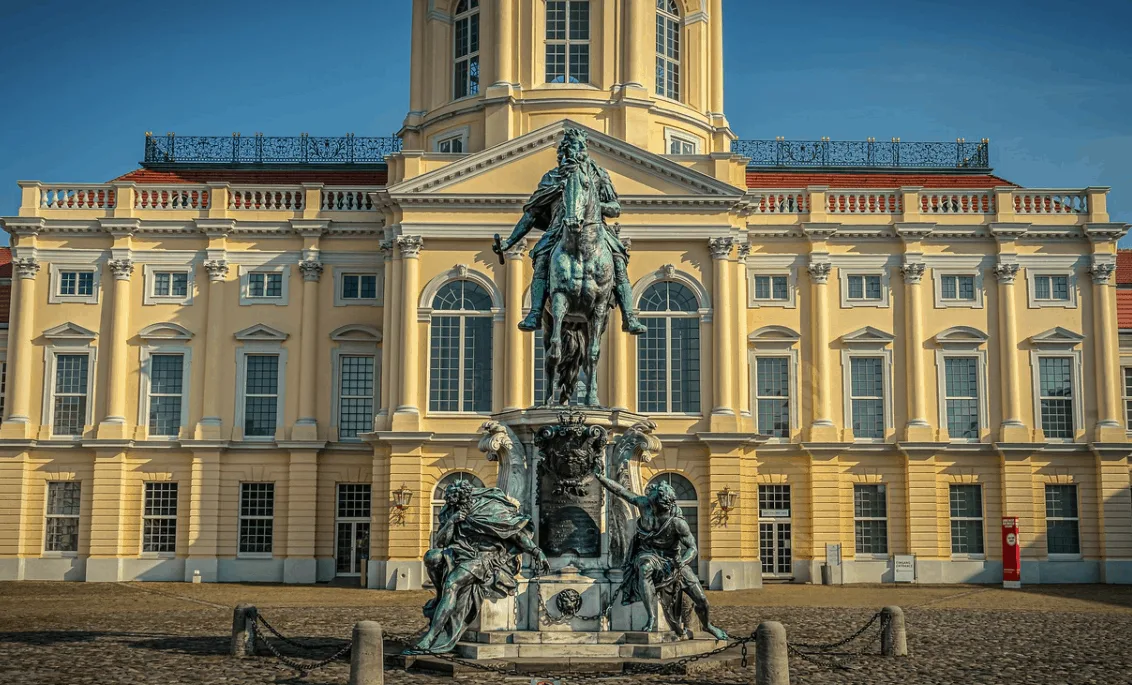
11. Frederick the Great didn’t spend much time at Charlottenburg Palace
When Friedrich I died and his son, Friedrich Wilhelm I came to power, all construction projects of the palace were halted. It wasn’t until Friedrich II (Frederick the Great) came to power in 1740 that construction resumed.
This was, however, limited and both Fredrick the Great and his wife Elisabeth Christine preferred to spend time elsewhere, including the Schönhausen Palace and later the newly constructed Sanssouci Palace.
When his nephew Friedrich Wilhelm II succeeded him in 1786, the lower floors were transformed into summer apartments and the upper floors into winter apartments.
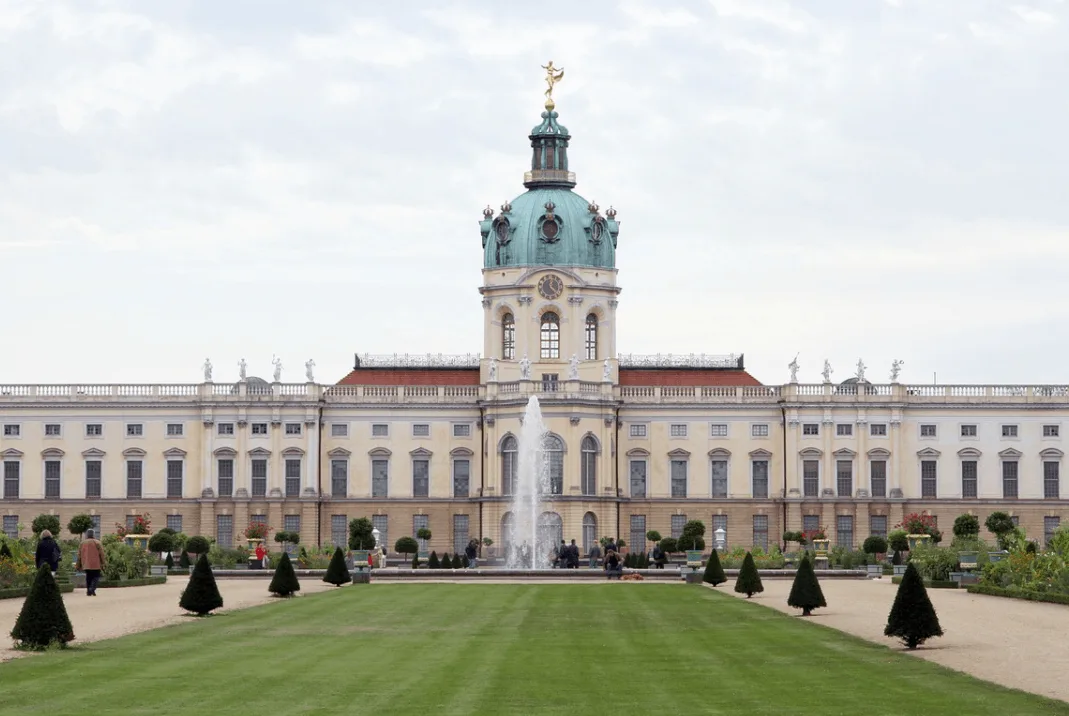
12. The palace briefly became Napoleon’s headquarters
Another one of those interesting Charlottenburg Palace facts is that Napoleon Bonaparte decided to turn it into his headquarters after his victory in the battle at Jena-Auerstedt in 1806.
After marching into Berlin, he turned it into both his headquarters and residence for a brief period of time.

13. The palace was reconstructed to its former glory after World War II
Most of the palace was destroyed during World War II. The damage was so bad that it was feared that the palace would suffer the same faith as the “Berlin Palace,” the former Royal Palace from 1443 until 1918, which was demolished following the war.
Luckily, the palace was rebuilt to its former glory instead and is basically a replica of how it looked before World War II!
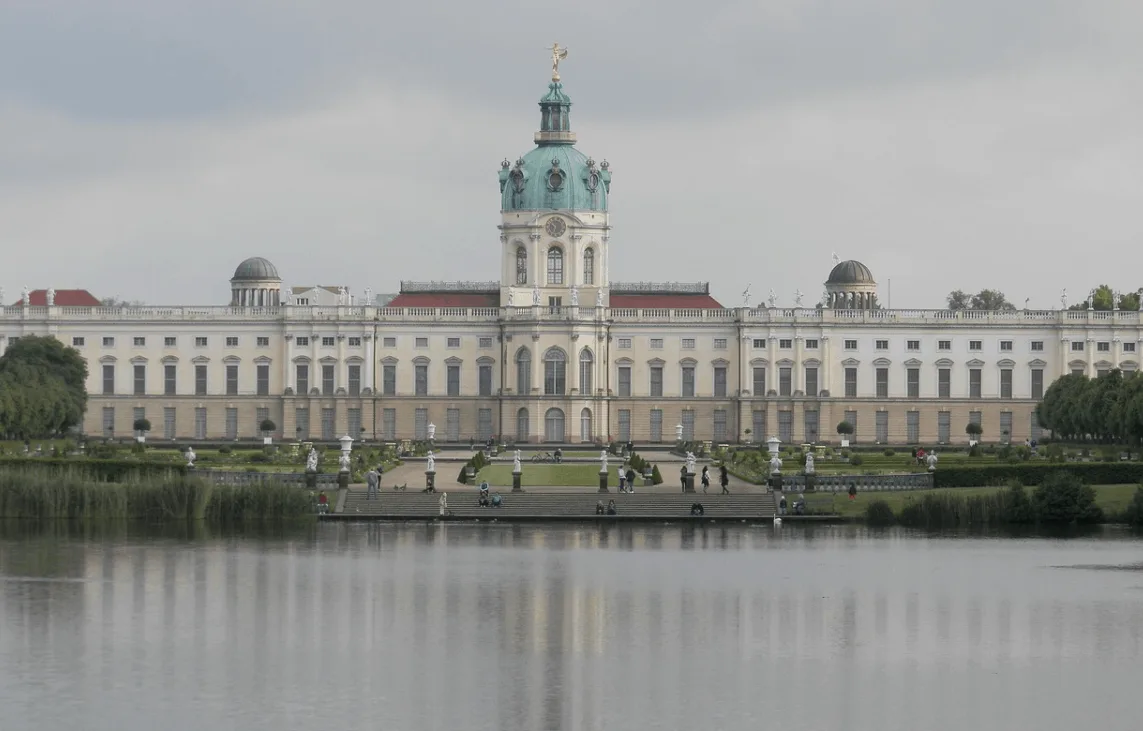
14. Two popular museums are located right across the palace
Right across the palace, there are two famous art museums as well:
- Bröhan Museum – Houses art nouveau and art deco works of art.
- Berggruen Museum – Houses modern art including works of Pablo Picasso.
These are literally located on the other side of the street!
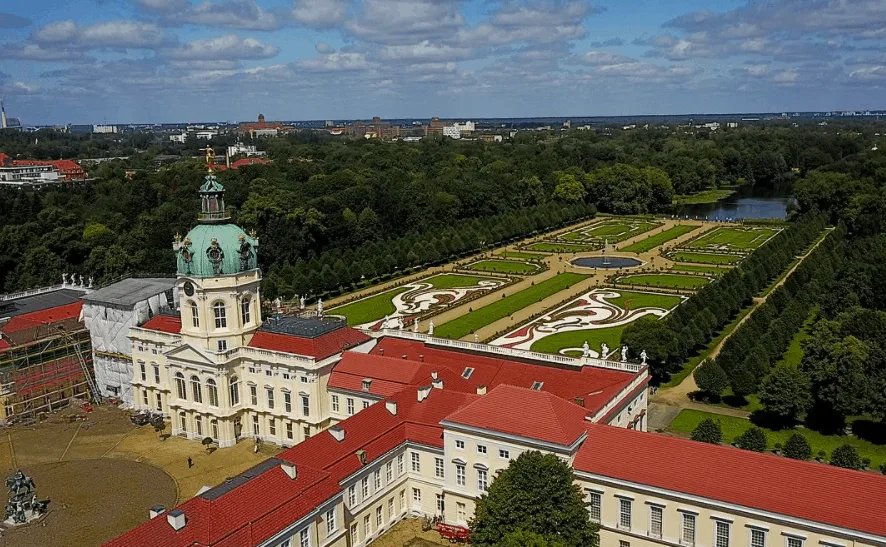
15. The palace is one of the most popular tourist attractions in Berlin
Many of the rooms at Charlottenburg Palace are open to visitors, as well as many of the additional buildings and the immense Baroque-style gardens.
The elaborate Baroque designs and fascinating works of art attract hundreds of thousands of visitors every year, making it one of the most popular tourist attractions in Berlin!
